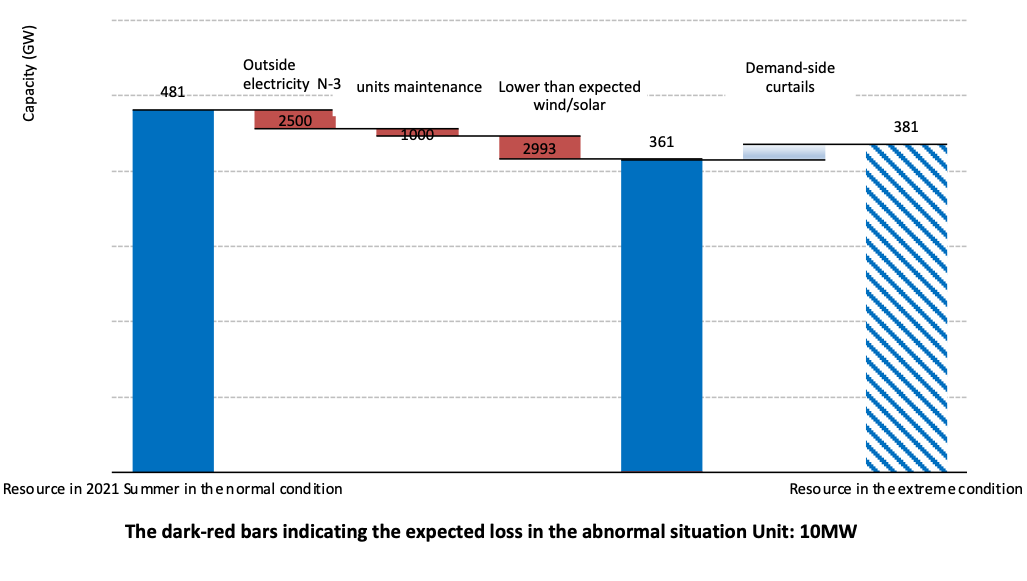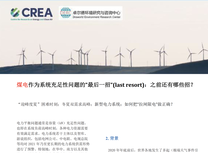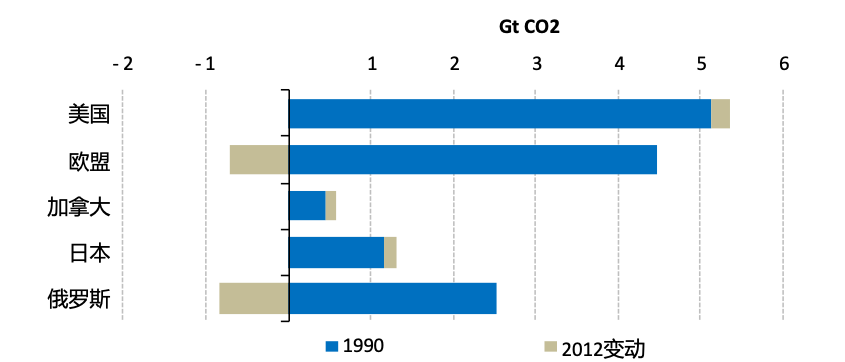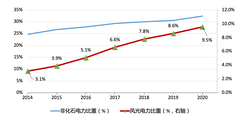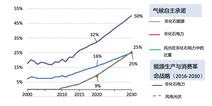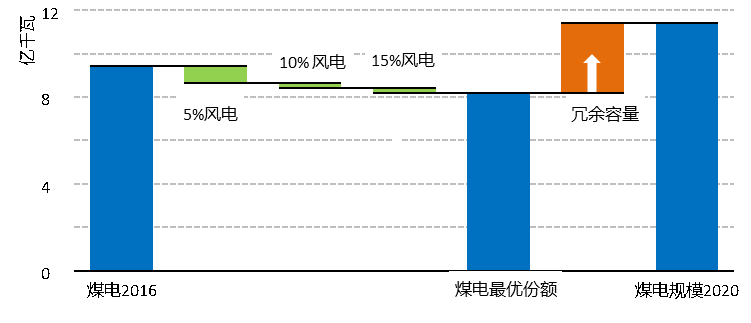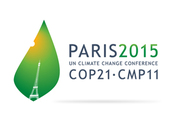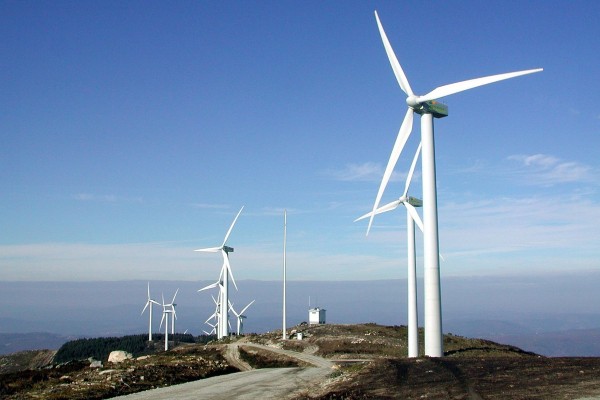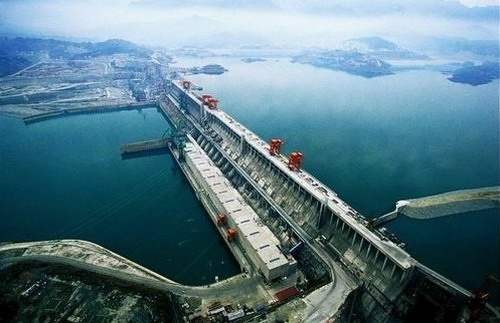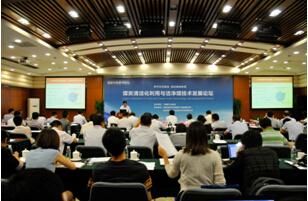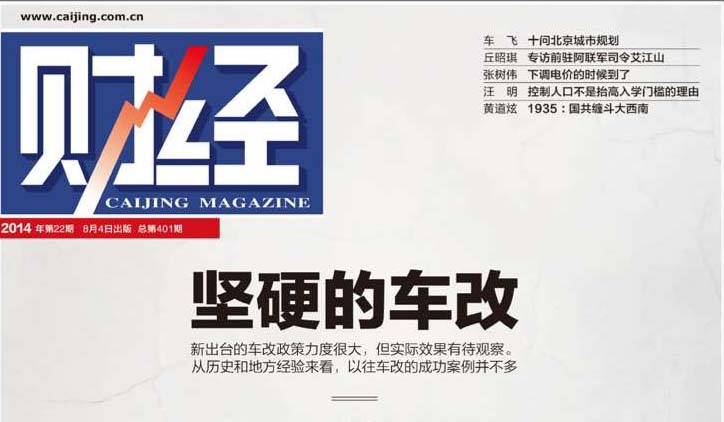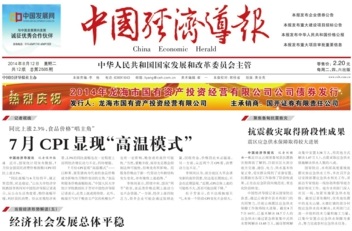Draworld——Pursue the sustainable energy solutionDraworld Center was founded in 2012 with a boutique team working on applied research and consulting on China’s energy and environment policies and sectoral dynamics. Our work is fully-independent in China’s special context. The recent work focus on the power, transport and renewable energy related technology, economics, policy modeling and assessment. Previously, our work got the wide support from various international funders and institutes, including Environmental Defense Fund (EDF) of US, Energy Foundation Beijing, China Wind Power Association, International Institute of Sustainable Development (IISD).
In a fast-evolving world, we have changed our organisational structure accordingly since early 2020. Now, we have two groups working on:
Viewpoints and Publications
Intermittent Power Supply Long-Term Power Contracts (PPAs): It's not easy to say I love you!Wind Energy, Jan 2024
Why the distorted ToU tariff setting harm the decentralised PV in China?Energy Magazine, November 2023
How to keep coal unprofitable in China?China Dialogue, July 2023
What factors hinder the wind and solar PV approaching their optimal share in China?Energy Magazine, June 2023
Why China’s renewables push fuels coal power investment?China Dialogue March, 2023
Would the power outrage in Sichuan catalyse the power grid institutional reform?Caixin, Sept. 2022
Re-starting of the power reform: building the new criteria of successWind Magazine, April, 2022
Embrace the carbon neutrality in China: The introductionEnergy Magazine, July 2021 - June 2024
The energy security: the approach at the margin or as the wholeEnergy Magazine, May 2021
The review on the power reform since 2015 and which economic and/or political factors determine its future?Energy Magazine, Feb. - March, 2021
The inflexible transmission of power in China: why the misleading persistent?Energy Magazine, Aug, 2020
The energy security concern and the 14th FYP (2021-2025)Energy Magzine, Feb 9. 2020
Coal power in the 14th FYP (2021-2025): where is the enabling space for policy?
Energy Magzine, Sept 9. 2019
China's green certificate design: why the negative learning happened?
China Energy Newspaper, Aug.23, 2019
The power sector reform should focus on institutional barriers againEnergy, Vol 3, 2019
Whether the rich renewable energy resource in China's west region with intrinsic value?Energy, Vol 10, 2018
Energy transition and low carbon development: key insights of DraworldEnergy, Vol 3, 2018
The optimal power mix by 2020 in China: to what extend coal power excessiveEnergy, Vol 10, 2017
China power sector reform 2015-2017: the good, the bad and the uglyEnergy, Vol 4, 2017
Coal power and wind power: which one is in priority in ChinaEnergy, Vol 7, 2016
Increasingly wind curtailment: problem and solution, and cost sharingEnergy, Vol 5, 2016
Energy transition and the 13th Five-year Plan: developing wind power more efficientlyWind Energy, Feb., 2016
Energy, 2015. 12.15
Nandudu 2015.07.14
Caijing 2015.07.06
Energy 2015.06.29
Sina 2014.12.1
Nandudu 2014.11.19
Energy Vol 11,2014
Caixin 2014.9.23
Caixin 2014.9.4
Time to decline the regulated electricity tariff
Caijing, Vol 22, 2014
|
Recent EventsNew Publication Announcement from Chief Economist, Shawn ZhangTitle: 转型中的电力系统: 本体论与认识论
(The Power System in Transformation and That Will Change China: Ontology and Epistemology) This groundbreaking book delves into the intricate transformation of China's power system, blending technical insights with socio-economic perspectives. It explores the historical development and future trajectory of the power industry, emphasizing the significant shifts from the 19th century's industrial lighting revolution to today's smart energy innovations. It can be purchased online at: Jingdong: https://item.jd.com/14213681.html Dangdang: https://product.dangdang.com/29750868.html Electricity Transparency Project (2024-2030) - Draworld Centre Releases Four Indices on Markets, Prices, Resource Allocation and Climate,May 30, 2024
The reform of China's power sector and system is entering a "deep water zone" and a crossroads. 15% wind power, 60% coal power, and the next trend changes increasingly challenge the traditional scheduling and balancing paradigm and the governance paradigm typically represented by the NDRC's "big target" management and control. The next trend changes are increasingly challenging the traditional dispatch and balancing paradigm, as well as the governance paradigm represented by the NDRC's "big indicator" management control. At the same time, the construction of various transparency platforms, such as the distributed PV carrying capacity and open capacity platform launched by Henan Province, provides a strong social impetus for social understanding and eventual resolution of various issues.
Our endeavour is also to build an electricity transparency engineering platform. This will be a multi-year endeavour. Source: https://power.in-en.com/html/power-2450386.shtml Unraveling the Myth of China's Inadequate Renewable Utilization: Debunking the Misconceptions of "Provincial Protectionism", July 2023
China's hydropower is subject to repetitive fluctuations due to inadequate rainfall or extreme abundance, which is not related to the difficult-to-define and confirm "interprovincial barriers" narrative (irrelevance), even though such barriers may exist at the level of trading contracts. The problem lies in the intertwining of electricity trading and operations, where the lack of clear value rules in system operation results in submission to higher-level discretionary powers.
This kind of trading, determining physical output and flow, has been witnessed in the early stages of market-oriented reforms in many countries, but later the contracts tend to become financialized, eliminating the need for physical execution. For example, in 1996, the United States Federal Energy Regulatory Commission Order No. 888 clearly stated that a market based on tracing the flow of electricity between production and consumption is not feasible. Actual flow paths and contractual paths cannot be aligned. See the details in https://www.inengyuan.com/kuaixun/11370.html (in Chinese) Report release: The power capacity in China is sufficient, or not?September 15, 2022
The full report here: Chinese version; in English (brief version).
According to a new study entitled "Building a "New Electricity System" and Capacity Adequacy - An Empirical Analysis of Available Generation Resources at Times of High Demand", jointly published by the Draworld Environmental Research Center (Beijing) and the Center for Energy and Clean Air Research (CREA), compared to building new power sources, including coal-fired ones, enhancing inter-provincial cooperation between China's power grids to achieve a greater balance between supply and demand than at the provincial level will not only further ensure system adequacy, but will also have significant emission reduction and economic benefits. Policy briefing
|
Retreat of Draworld Centre, July, 2016 successfully implemented
Energy sector critical to the climate mitigation, interviewed by China Sci & Tech Newspaper, Dec. 2015
Carbon Emissions Peak: Non-fossil fuel share target as a sufficient condition
|
On September 21, 2015, Chief Energy Economist of DERC, Shawn Zhang accepted an interview with China Business Journal about subsidies for renewable energy in China. He mentioned that, the 20% target of non-fossil fuel share is a sufficient condition for CO2 emissions peak by 2030. Renewable energy, especially 200 GW of installed wind energy capacity and 150 GW of installed PV energy capacity, expected in the 13th Five-Year Plan is of importance for fulfilling the international commitment.
|
Fears over surge in dam construction
|
On July 6, 2015, Chief Energy Economist of DERC, Shawn Zhang had an interview with Financial Times about China’s 2030 climate targets and large-scale build-out in hydropower dams. He said, distorted pricing policies that reduce electricity costs in politically-important cities further complicate any effort to analyze the real cost of the dams; it is common to realize that the cost of electricity generation is not the same as the cost of using that electricity.
|
Presentation on the workshop of "Clean coal utilisation in China"
Hot discussion arising from the publication of Draworld on Caijing
Good to coal sector from reduced electricity tariff: Interviewed by China Economic Herald
Address: Floor 12, Locker Time Center, No.103 Huizhongli, Chaoyang District, 100101, Beijing, China P.R
TEL:86-10-52508037 FAX:86-10-52508037 Email:[email protected] (abroad); [email protected] (China)
Copyright (2016-2025) @ Draworld, Beijing & Chongqing, China P.R
TEL:86-10-52508037 FAX:86-10-52508037 Email:[email protected] (abroad); [email protected] (China)
Copyright (2016-2025) @ Draworld, Beijing & Chongqing, China P.R



